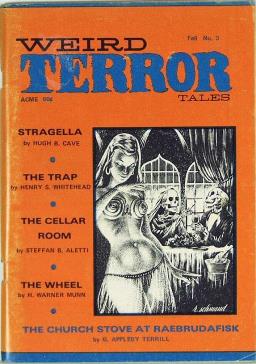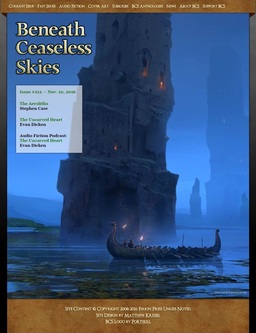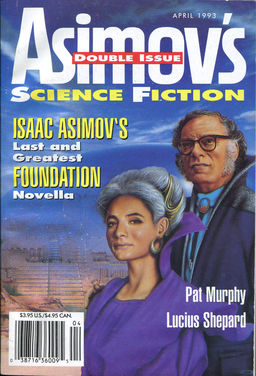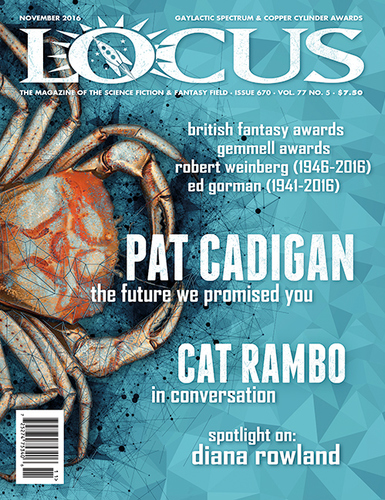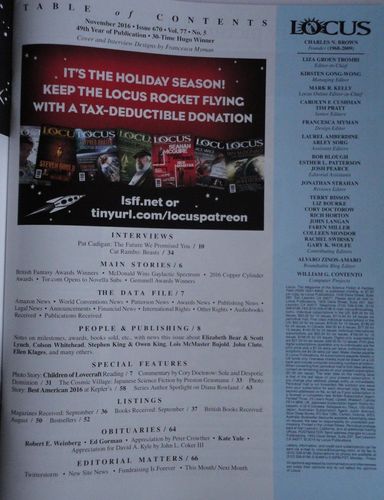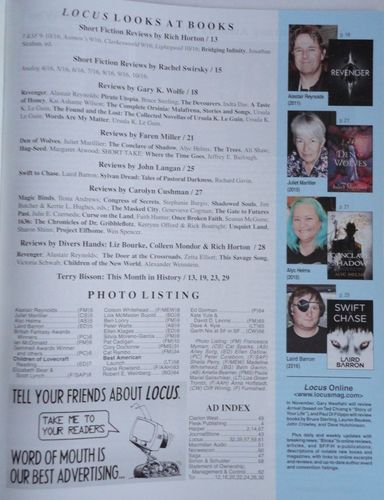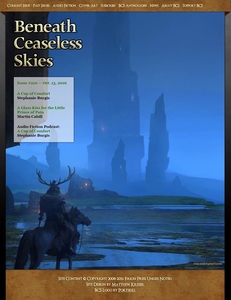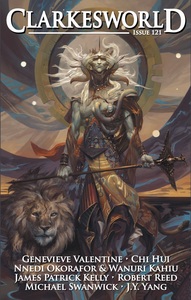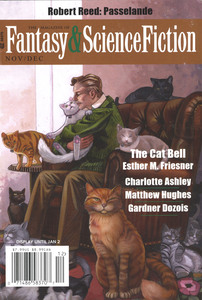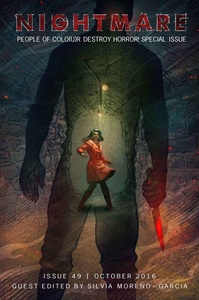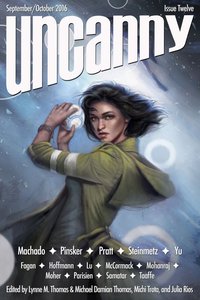The Late-November Fantasy Magazine Rack
 |
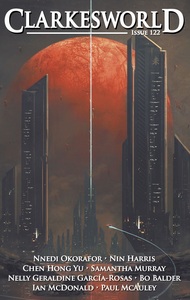 |
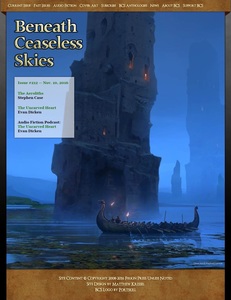 |
 |
 |
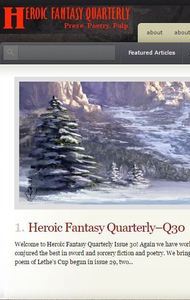 |
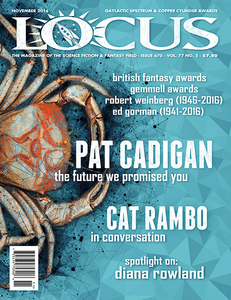 |
 |
This month Fletcher Vredenburgh pulled double duty with his Short Story Roundup, reviewing the latest issues of Curtis Ellett’s Swords and Sorcery Magazine and the team-edited Heroic Fantasy Quarterly, plus the first two issues of Dave Ritzlin’s Scrolls of Legendry. Tony Den also looked back at the pulp magazine appearances of H. Warner Munn, including Weird Tales, Weird Terror Tales, and Famous Science Fiction.
For our modern readers, we reported on the news that Asimov’s SF and Analog Magazine have switched to bi-monthly publication.
Check out all the details on the magazines above by clicking on the each of the images. Our Early November Fantasy Magazine Rack is here.
As we’ve mentioned before, all of these magazines are completely dependent on fans and readers to keep them alive. Many are marginal operations for whom a handful of subscriptions may mean the difference between life and death. Why not check one or two out, and try a sample issue? There are magazines here for every budget, from completely free to $35/issue. If you find something intriguing, I hope you’ll consider taking a chance on a subscription. I think you’ll find it’s money very well spent.
